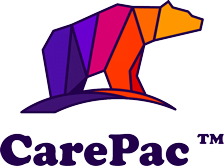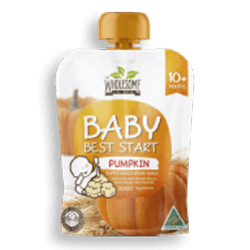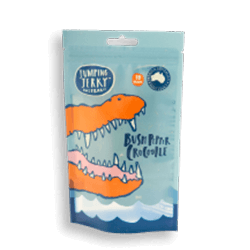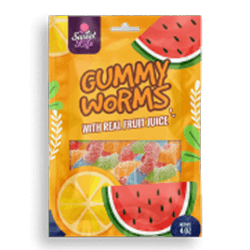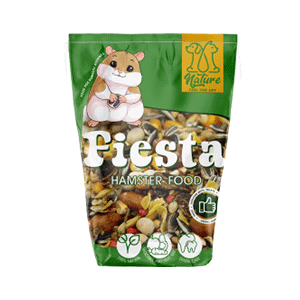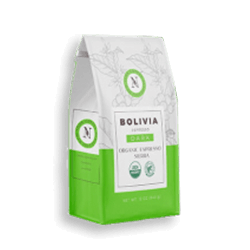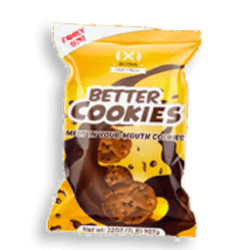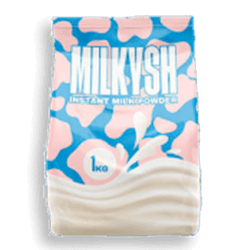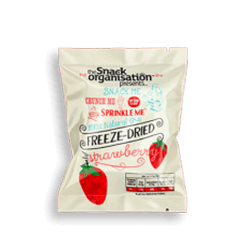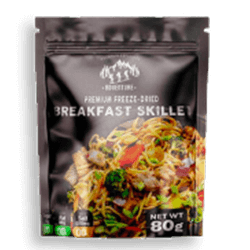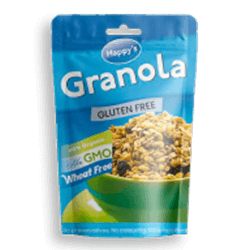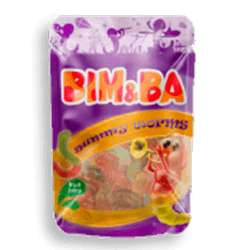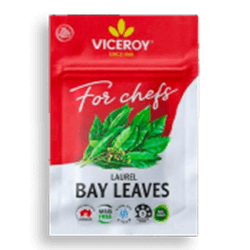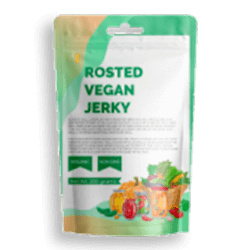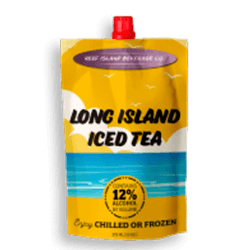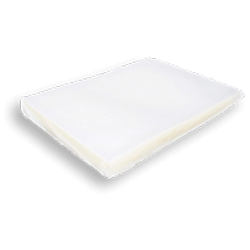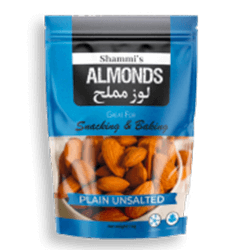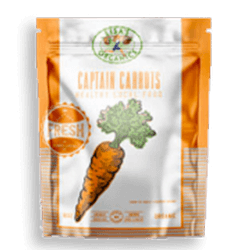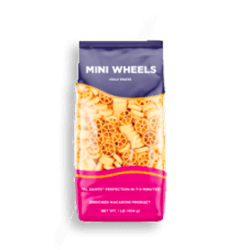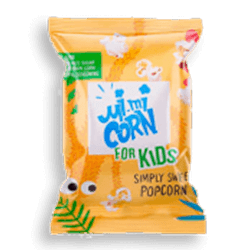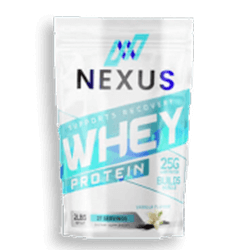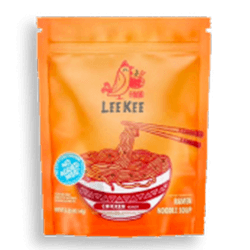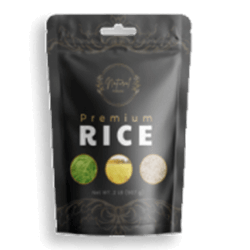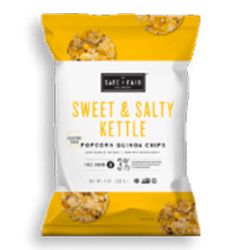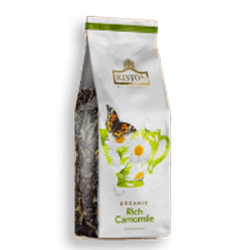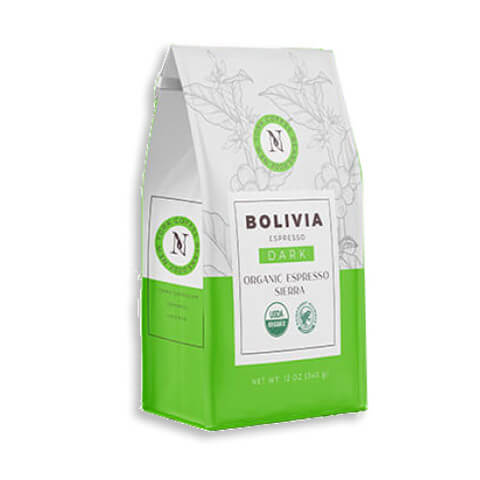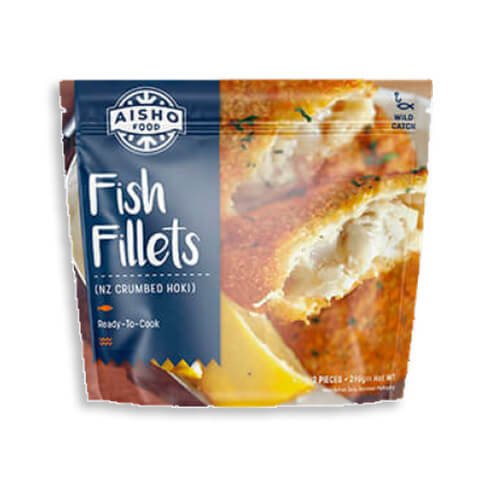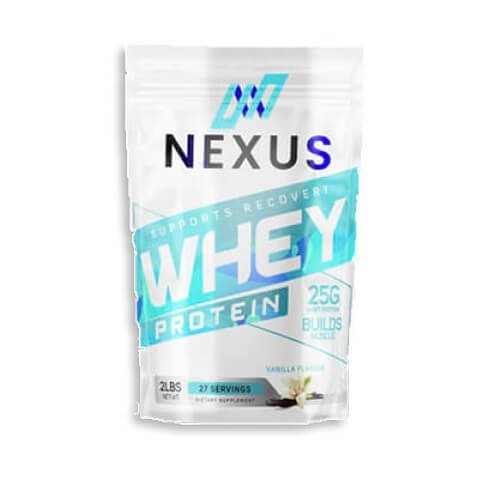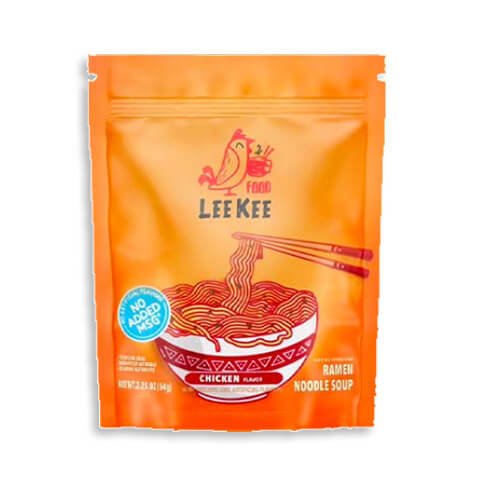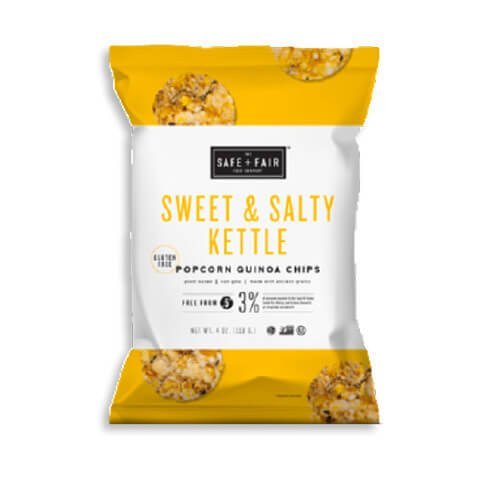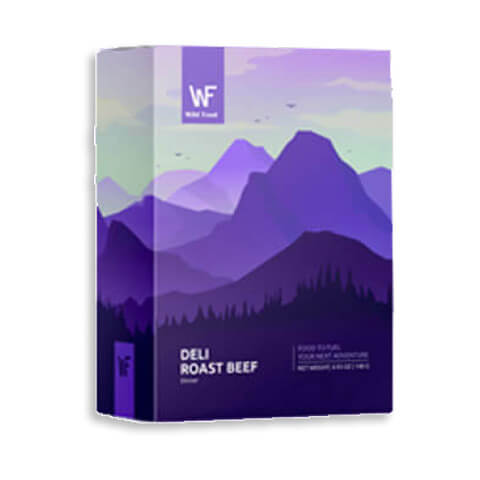No products in the cart.
Explore Our Diverse Food Packaging
Options
From coffee to beef jerky, and frozen food to granola, CarePac’s FDA food packaging pouches can be used in a wide variety of food industry applications. With some much variation in needs, CarePac offers the widest selection of materials, configurations, and features. So, whether you’re a DTC ecommerce brand, indie coffee roaster or an established frozen food manufacturer, we can customize the perfect FDA-compliant food packaging for your products. If you’re looking for a food packaging solution that meets the highest safety standards and allows you to showcase your brand and product the way you want it to, look no further than our FDA-approved food and beverage pouches. We pride ourselves on creating a custom pouch that’s tailored to you.
Ensure your product is compliant
From food and beverage to pharmaceuticals, cosmetics, and pet food, custom pouch packaging bags are designed to meet the unique requirements of different industries. They are available in various sizes, shapes, and materials to suit different product types and storage conditions.
PFAS, Prop 65. BPA/ Phthalates. TSE-BSE. 21 CFR 73. R.E.A.C.H Certificate of Compliance. 25214.16. Chlorinated Substances Declaration. Swiss Ordinance. TraceGains. Do any of these ring a bell? FDA and international food standards are constantly changing, and you don’t want to be stuck in a position where a major distributor of your product suddenly wants compliance substantiation that you can’t provide.
That’s where we come in. Our compliance certification is in-depth and provides more information than most other packaging manufacturers out there. If you need assurance that your packaging meets compliance standards, you simply can’t waste time working with a vendor that leaves you wanting more information. Trust the best in the industry with your packaging needs.
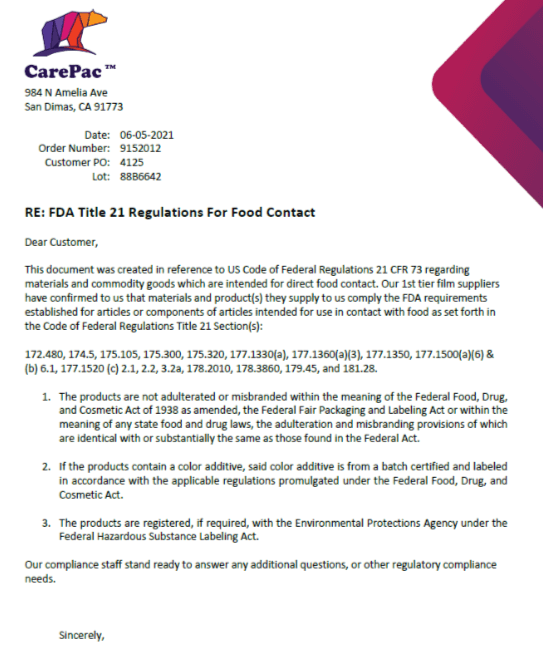

Ensure your product is compliant
PFAS, Prop 65. BPA/ Phthalates. TSE-BSE. 21 CFR 73. R.E.A.C.H Certificate of Compliance. 25214.16. Chlorinated Substances Declaration. Swiss Ordinance. TraceGains. Do any of these ring a bell? FDA and international food standards are constantly changing, and you don’t want to be stuck in a position where a major distributor of your product suddenly wants compliance substantiation that you can’t provide.
That’s where we come in. Our compliance certification is in-depth and provides more information than most other packaging manufacturers out there. If you need assurance that your packaging meets compliance standards, you simply can’t waste time working with a vendor that leaves you wanting more information. Trust the best in the industry with your packaging needs.
Coffee Packaging
From side gusseted to flat bottom pouches, we have a variety of configurations to choose from. Our digital-printed coffee bags start at 1,000 bags (and plate-printed coffee bags start at 5,000), meaning that we have some of the smallest minimum order quantities in the industry. Competing in the coffee space requires a lot of marketing know-how; let your coffee bag be an ambassador for your brand!
Frozen Food
Long-term freezing of the wrong material can result in brittle pouches that easily break and tear, ruining the food inside and creating a problematic experience for your customers. CarePac’s frozen food pouches are intended for freezing at commercial freezer temperatures and can enhance your marketing appeal in the freezer aisle with great printing results.
Protein Powder
Drink mixes, supplement powders, and meal replacement powders have similar needs; one of the most important is a strong bag that prevents blowouts. The last thing your customer needs is a gigantic mess in their pantry, and the ultra-durable materials we use for our bags will keep your bag intact.
Retort
Retort foods like convenient prepared meals, stews, curries, and camping meals need bags that can hold up to the harsh temperature and handling that is expected. CarePac has you covered with both CareFoil and CareClear materials. CareClear retort files are great when the consumer is anticipated to microwave the pouch, and CareFoil will gain you maximum shelf life stability. Learn more about our different materials here.
Snack and Confection
Snack foods of all types are packaged in CarePac’s FDA Approved Flexible packaging. Popcorn, chips, granola, nuts, candy,
cookies, and even freeze-dried snacks -- the snacks and candy category is a huge one! But you’ll have different needs for each. Freeze-dried foods require a maximum moisture barrier, while candy manufacturers need maximum per-unit savings.
Dried Food and Shelf Stable
The dried foods and shelf-stable category include things like pasta, organic foods, rice, dried fruit, and more. Dried foods are typically shelf stable but can benefit from an enhanced barrier depending on their moisture content.
Don’t see what you manufacture on this list? No worries! This is just the tip of the iceberg. With decades of experience in the food packaging space, we can create the perfect FDA-compliant pouch or bag.
What are the 5 mandatory
requirements of labeling packaged
foods?
Currently, there are five mandatory requirements for labeling packaged food in the U.S. These include:
- Statement of identity -label must include the common or usual name of the food.
- Net Quantity- the amount of product (weight, volume, numerical count) that’s included in the package.
- Ingredient list- label must include all the ingredients contained in the product, listed in descending order by weight.
- Nutritional information- number of calories, amount of fat, protein, and carbs, and other key nutritional information, including vitamins and minerals.
- Allergen declarations- if the product contains any of the eight major allergens (milk, eggs, fish, shellfish, tree nuts, peanuts, wheat, soybeans), the label must clearly state this.
FAQ's
As leaders in the food packaging space, we get lots of questions about our FDA-compliant food packaging. In this section, you’ll find valuable information about food packaging!
What does it mean to have FDA-approved packaging?
The FDA sets very specific standards for food contact packaging so the general public is protected from spoilage or sickness. These standards include ensuring that there isn’t any unpermitted migration of any chemicals into the food product and that any chemicals used are deemed safe by the FDA. The FDA set up various standards, many of which are found in the 23 CFR 73 code of federal regulations.
By adhering to FDA standards with your packaging, you’re sending signals to the public that the food products within are safe for consumption and that the packaging won’t introduce any harmful chemicals into the food.
What is required on food packaging?
All food packaging materials must be approved by the FDA for the type of food that is being packaged. Some of the key “requirements” for food packaging include: product identification on the package itself, the net weight or volume, an ingredient list, allergen information, nutritional information, storage instructions, information about the country of origin, and date labeling (sell by, use by, etc.)
For the latest requirements, visit the FDA’s website for more information.
